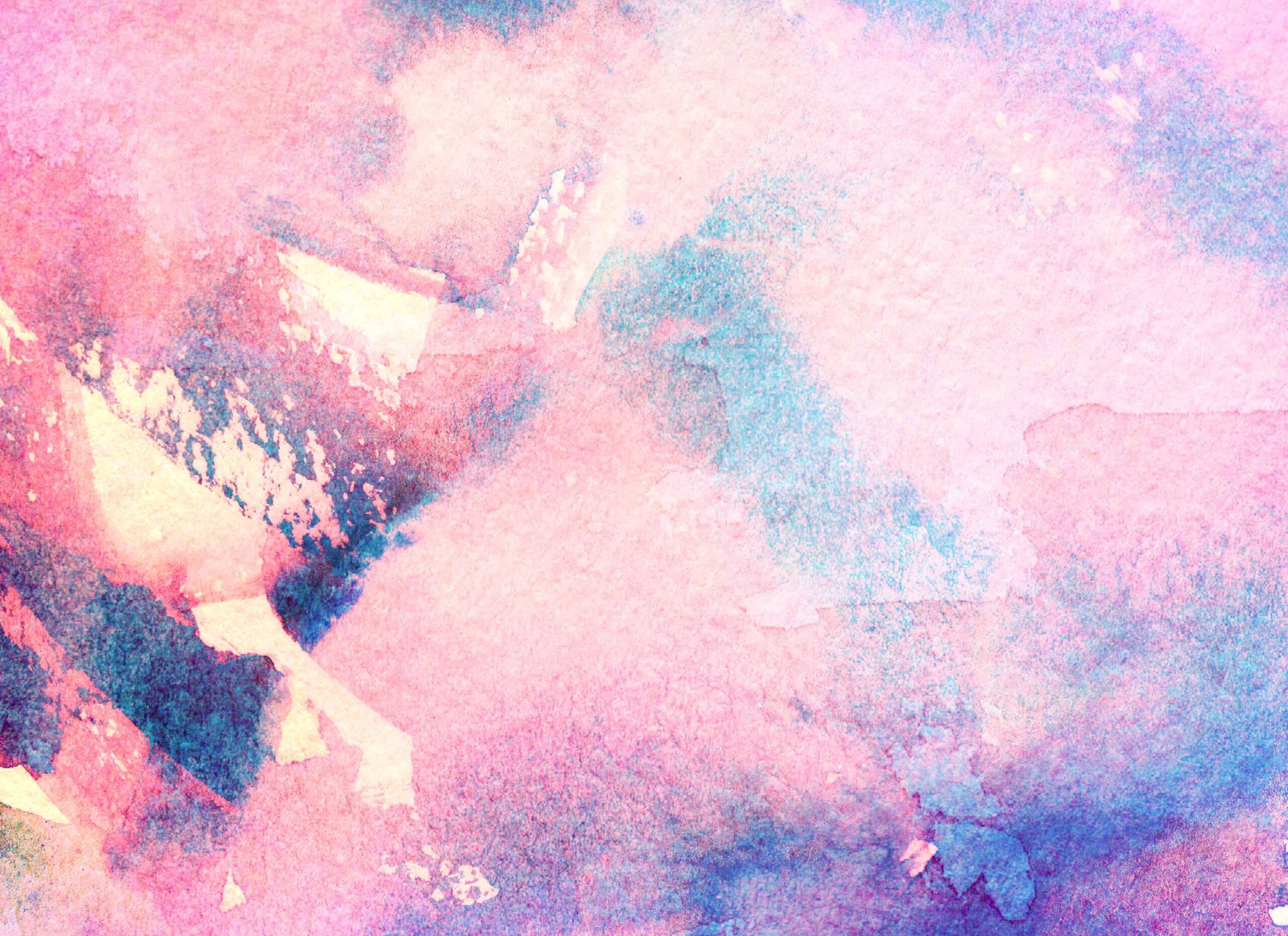Color season analysis doesn’t mean that you wear different things depending on the season. Rather, it refers to a method of categorizing which colors look best on you. Most people are spring, summer, or winter. These seasons directly relate to the colors that you should be loading into your wardrobe.
What is Color Season Analysis?
Eye, hair, and skin color should all be in sync with the colors that you wear. Color season analysis groups colors into three categories (spring, summer, or winter) to make it easier for you to choose the right colors. If you have warm undertones, you are a spring. If you have blue undertones, you’re a summer or a winter.
These aren’t cut-and-dried, especially for people who color their hair or wear colored contacts. You will always have the best sense of the colors that work best for you. But this type of analysis can be used to quickly determine which colors you might want to try first. For an image consultant, it can be used to quickly prototype a wardrobe for a client.
Spring Color Analysis
Who is a spring? A spring person has warm skin and hair that is on the lighter side. Blondes and redheads are frequently “spring.” The best colors for spring include yellows, reds, greens, teals, and light browns. A spring doesn’t want to get ‘washed out” by colors. They want colors that are light, pastel, and evocative.
Specific color trends for 2022 include marigold, cerulean, rust, French blue, green ash, coral, orchid, and raspberry. These are colors that will most resonate with spring. For neutrals, a spring may want to lean toward navy, olive, nude, cream, and tawny. These are things with golden undercurrents that will complement a spring’s skin and hair.
Summer Color Analysis
A summer generally has cooler undertones in their skin, hair, and eyes. They will have light to dark brown hair, but their hair will be more towards ash than strawberry. Summers will generally look best in muted colors such as blue-green, beige, brown, and gray. Summer colors are frequently just adjacent to other colors, but with the saturation turned a bit down.
In general, a summer wants to avoid anything that has a ruddier color, such as oranges and reds. These can clash with skin color, eyes, and hair. A summer person may also prefer silver metals to gold metals, as gold metals have too much of a yellow undertone. Summer is often seen as warm and vibrant, but in the color chart it’s actually closer to autumn or fall; it’s a washed-out, muted color family.
Winter Color Analysis
Winters generally have cool skin and dark hair with a range of brilliant or startling eye colors. Winters have a very bright, cool color palette, filled with deep blues, emerald greens, and bright pinks. They also tend to look good in monochrome colors: white, black, and gray. Winter is a fairly bombastic color palette and is frequently used by those who want to express themselves.
Winter can be separated into a bold, brash winter or a more subdued, light winter. But though one might think of winter as muted, it’s actually summer! Winter is always going to be a bright, energetic set of colors that are designed for high contrast. Wearing whites with neon pinks, for instance, is taking advantage of the winter palette.
Autumn Color Analysis
While less prevalent than the others, autumn also exists. Autumns are very warm and golden. They tend to be most at home in natural colors, such as neutral beiges and browns, greens, oranges, dark blues, and dark purples. But unlike summers, these aren’t desaturated colors, they’re simply darker colors. Autumns are warm-toned and more likely to like copper, brass, and golden jewelry than silver jewelry. However, vibrant and warm autumns may use brighter variants of colors, such as a coral rather than a deeper red.
Using Color Analysis
Color analysis is just a suggestion for what colors look best on you. As you can see, there’s some overlap. Someone classified as winter may also be a little bit of summer, and the opposite is also true. Furthermore, the color palettes also have some overlap. So, it’s not as easy as separating “warm-toned” and “cool-toned” people.
But color analysis is also a lot more useful, in a way, because it gives you a broad spectrum of colors to work with. You can find the color palette that speaks most to you and start filling your wardrobe with those colors, with the knowledge that they are likely to look pretty good on you.
That being said, a color analysis shouldn’t be taken as gospel. It’s not a science and what really matters is what you like most. If you’re taking on clients, you should work with them to find out their favorite colors, rather than just “assigning” them a color. That will give better insights into the wardrobe that they’ll feel comfortable in.
Contact London Image Institute for Color Analysis Training
Do you want to learn more about color analysis training and other image consulting techniques? The London Image Institute can help. We can help you learn about image consulting as a profession, the tools used throughout the process of image consulting, and how color analysis can help you. We provide comprehensive education regarding the fast-growing image consulting field. Contact us today to get started.

